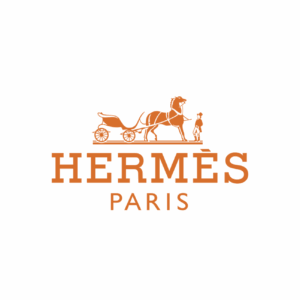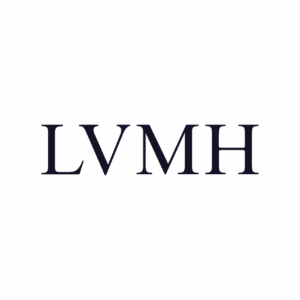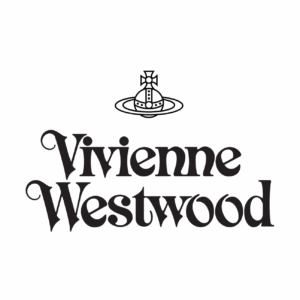Apple, HP, Lenovo & ASUS
The global technology sector’s value chain stretches from mineral extraction for semiconductors to complex final-mile logistics for phones, laptops, and servers. Because devices consume electricity throughout their life cycle and rely on energy-intensive chip fabrication, tech firms must tackle emissions at every tier, from foundries and component suppliers (Scope 3) to their own data-centre operations (Scope 2) and offices (Scope 1).
Apple, HP, Lenovo, and ASUS have all set net-zero targets, yet they differ markedly in how deeply they involve suppliers, redesign products for energy frugality, and invest in closed-loop material flows. Their success or failure reverberates across a supply network that includes thousands of sub-vendors, global freight routes, and rapidly expanding e-waste streams.
In parallel, stakeholder pressure for transparency has never been higher. CDP scores, Science-Based Targets validation, and product-level environmental labels now shape investor sentiment and consumer choice. Leaders such as Apple foreground circular-economy design and traceability dashboards, whereas laggards still publish only aggregate ESG data.
How the four brands manage renewable-energy procurement, water stewardship in water-stressed manufacturing hubs, and take-back programmes for obsolete hardware will determine whether the sector can decouple growth from planetary impact.
Lenovo
Smart for All
Criteria
Carbon Footprint 3.5 / 5
92 % drop in Scope 1-2 since 2010; SBTi-validated net-zero 2050; Scope 3 > 90 % of total and mitigation still forming.
Ecological Impact 3.5 / 5
Up to 35 % PCR plastics in flagship devices; chemical-safety compliance; lacks biodiversity programmes.
Energy Consumption 3.5 / 5
57 % renewable electricity (goal 90 % by 2030); AI-driven cooling in factories; energy intensity −5 % YoY.
Freight Density 3 / 5
AI route optimisation and higher ocean freight, but no freight-specific emissions disclosed.
Recycling Rates 4/5
Asset Recovery Services processed 44 000 t e-waste in 2022; programme in 60 + countries, but coverage uneven.
Saving Levels 3.5 / 5
13 M devices made with PCR materials; modular design eases repair; savings data fragmented.
Specific Product Monitoring 3 / 5
ENERGY STAR / EPEAT labels, yet few full LCAs or carbon labels.
Supply-Chain Waste 3 / 5
ISO 14001 compulsory for suppliers; limited quantitative waste-reduction disclosure.
Sustainability Scorecards 3.5 / 5
GRI/SASB-aligned ESG report; fewer third-party ratings, limited board-level incentives.
Water Management 3.5 / 5
Reuse systems saved 17 000 m³ in 2022; global water-efficiency targets in development.
Overall Snapshot
Apple leads on renewable-energy integration, circular design, and transparent score-cards, while HP follows closely with strong climate governance and closed-loop initiatives. Lenovo shows solid progress but needs deeper Scope 3 and biodiversity action. ASUS demonstrates early efforts yet lacks comprehensive transparency and supplier engagement.
Average Score:
ESCP Business School Team
Research developed by five curious international ESCP Business School students who have worked together to successfully complete their consulting project. They analysed four brands in four different categories -24 brands: electric cars EV, dairy products, computers, personal care, luxury apparel, fast fashion-, according to 10 environmental criteria.
- Alix AMMEUX: Dairy Products
- Hanna AMSELLEM: Electrical Vehicles
- Leonardo BERTINI COLLA: Computers
- Zackary BOISNEAULT: Personal Products
- Ariane DESPRES: Luxury Apparels
- Caterina GIUSTINIANI: Fast fashion





0 Comments